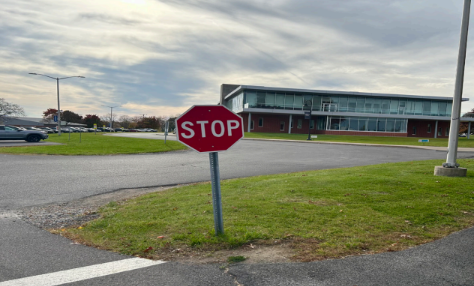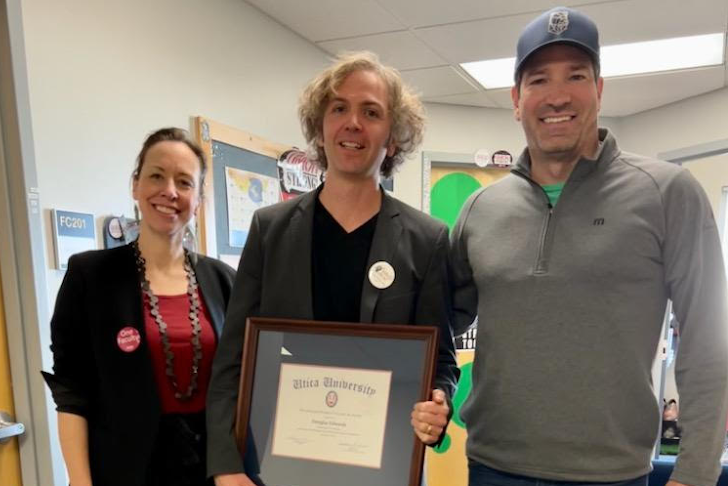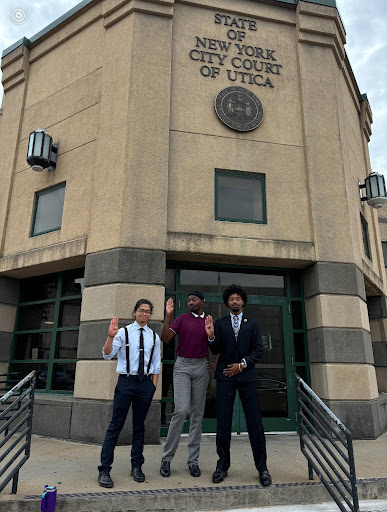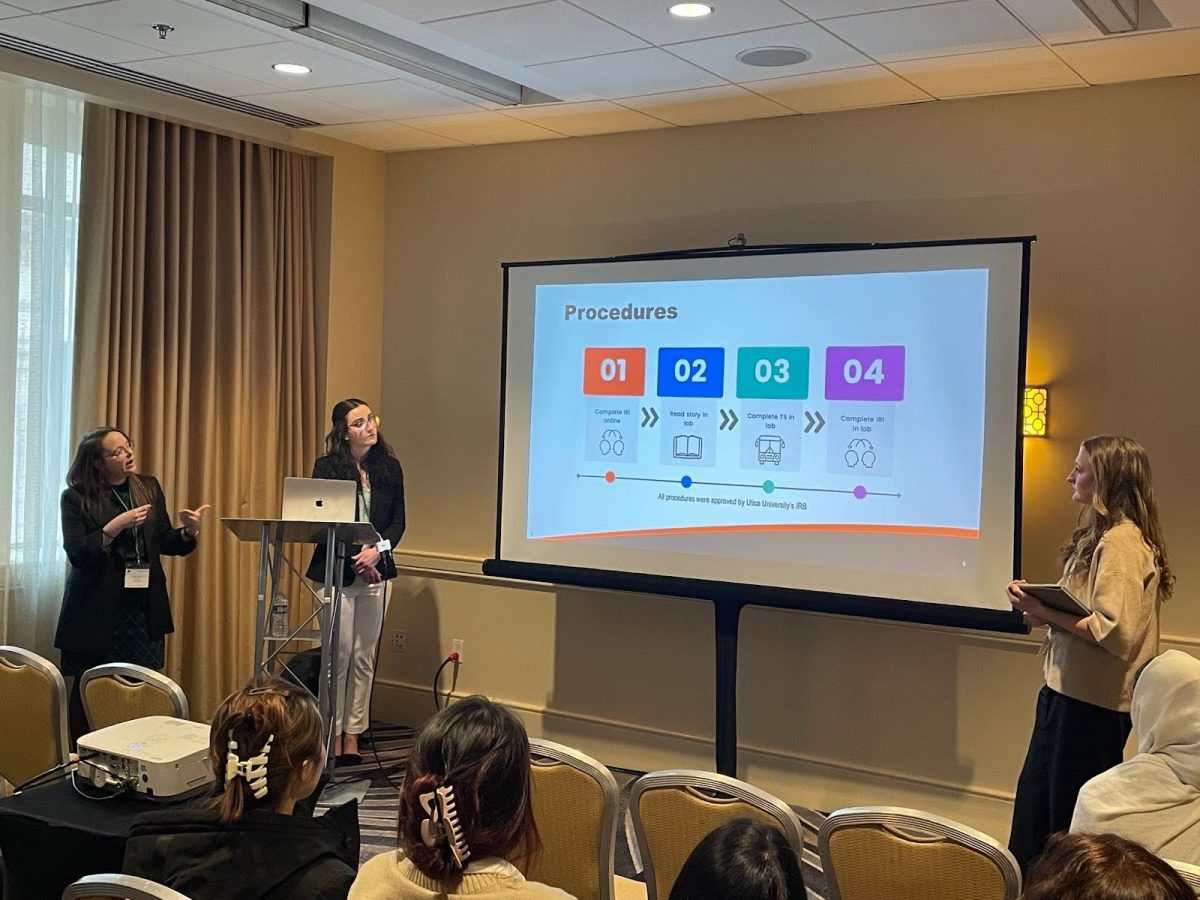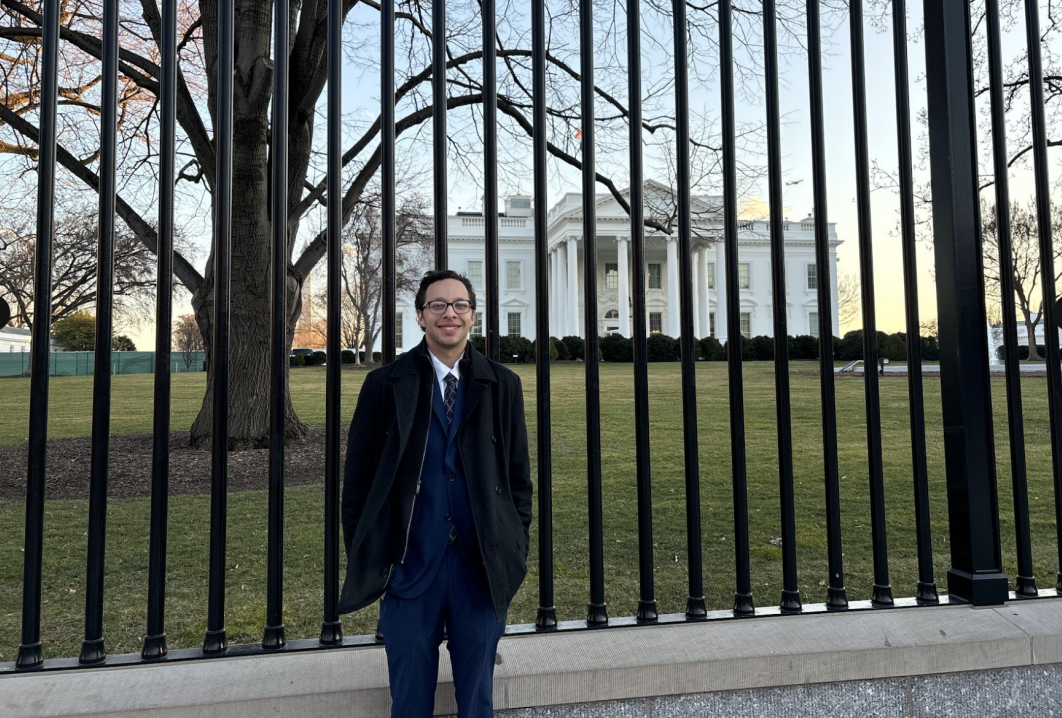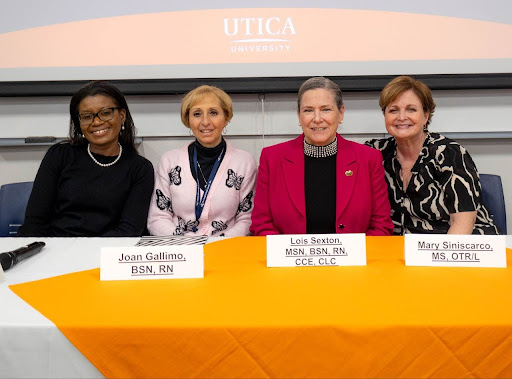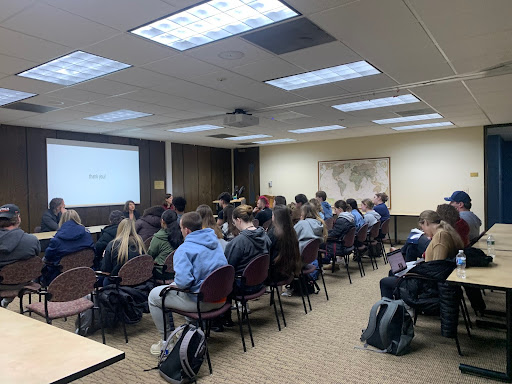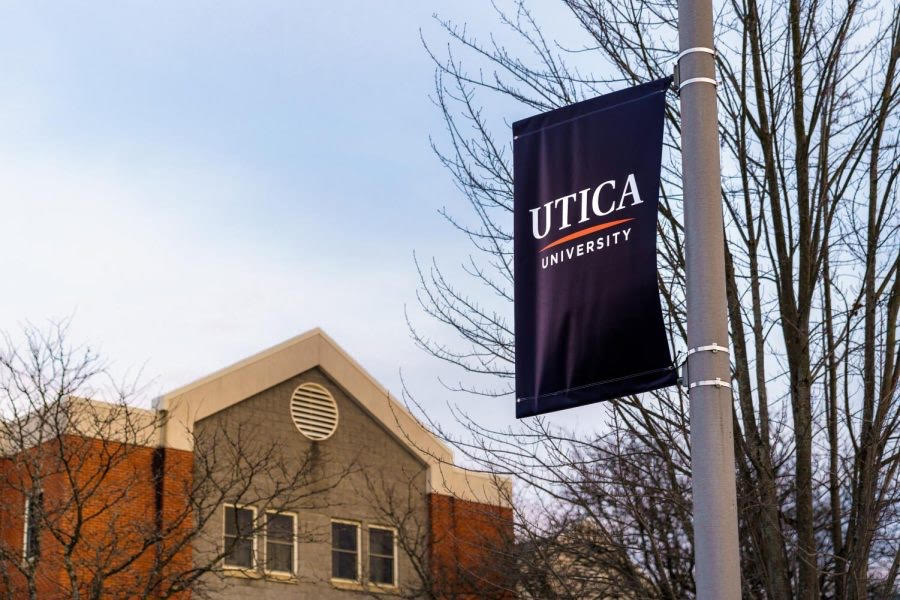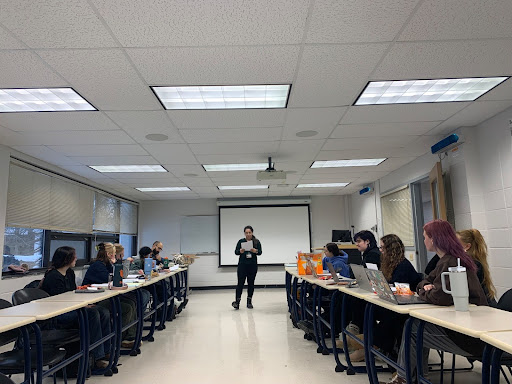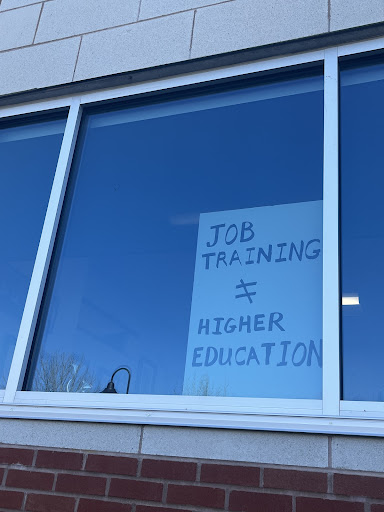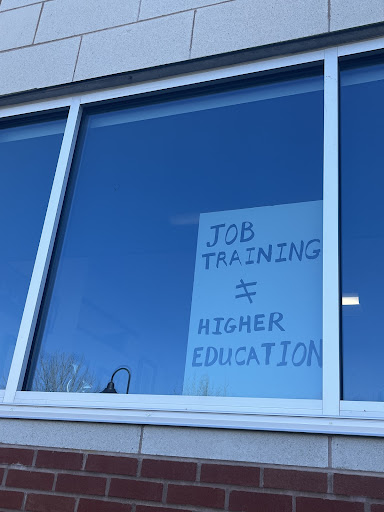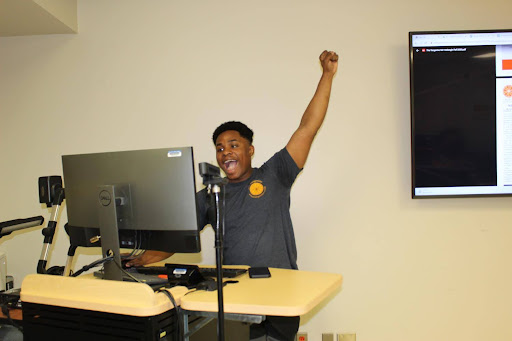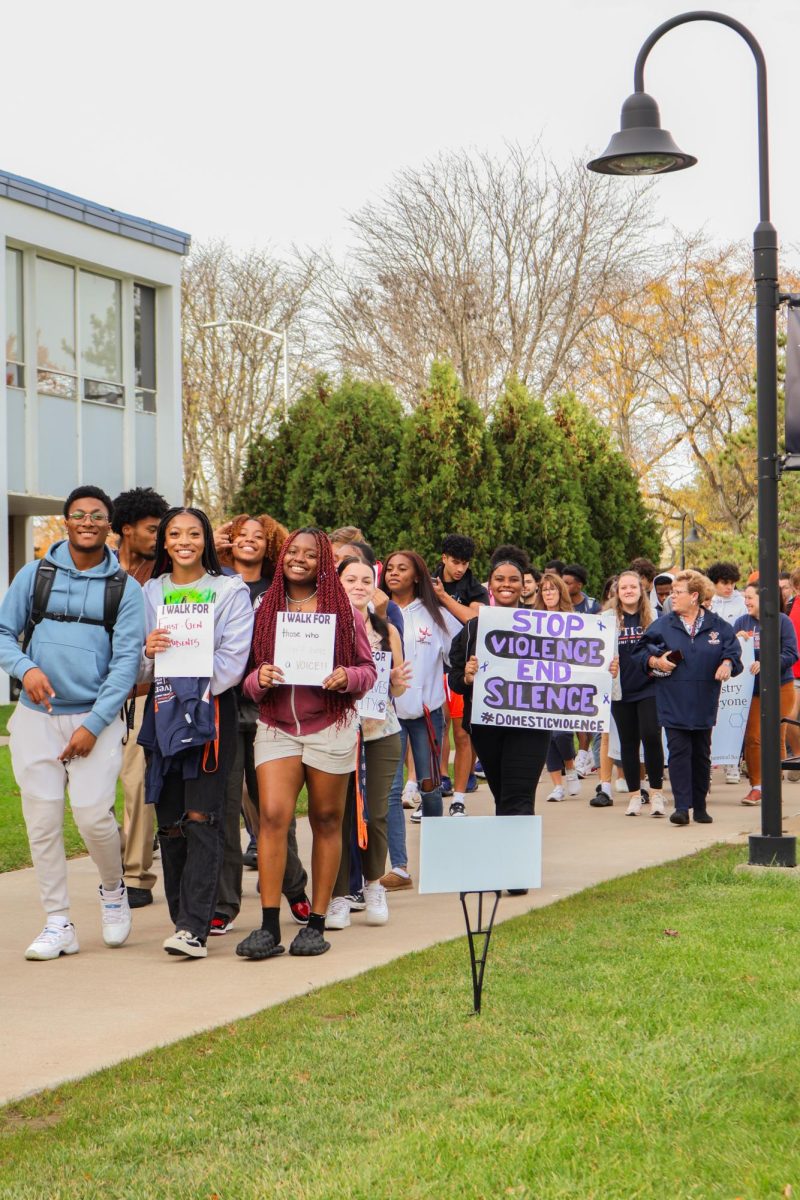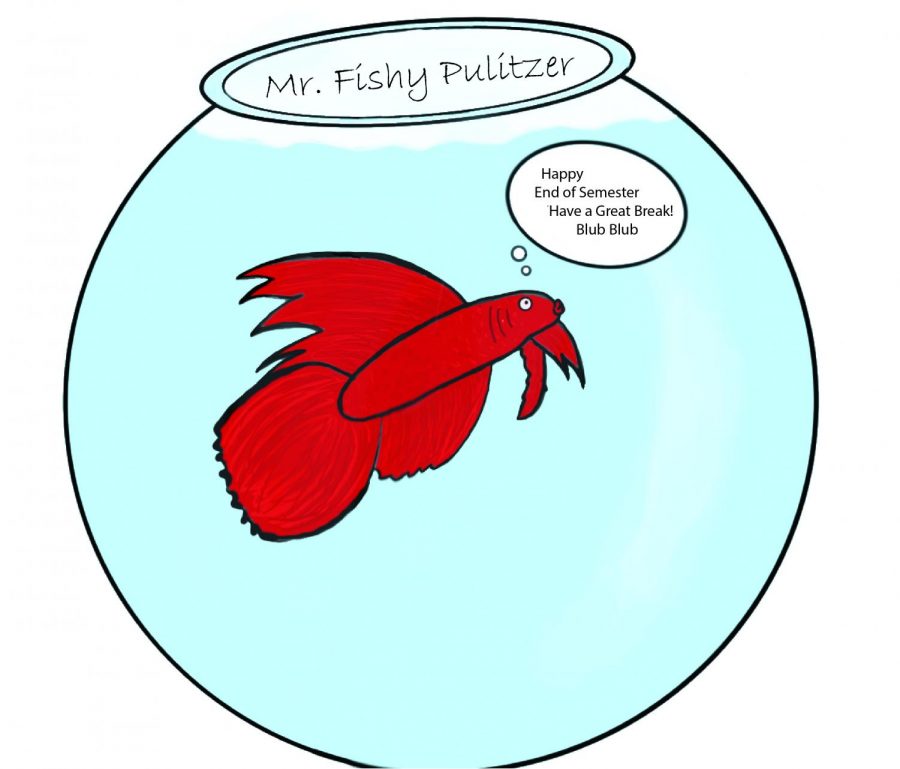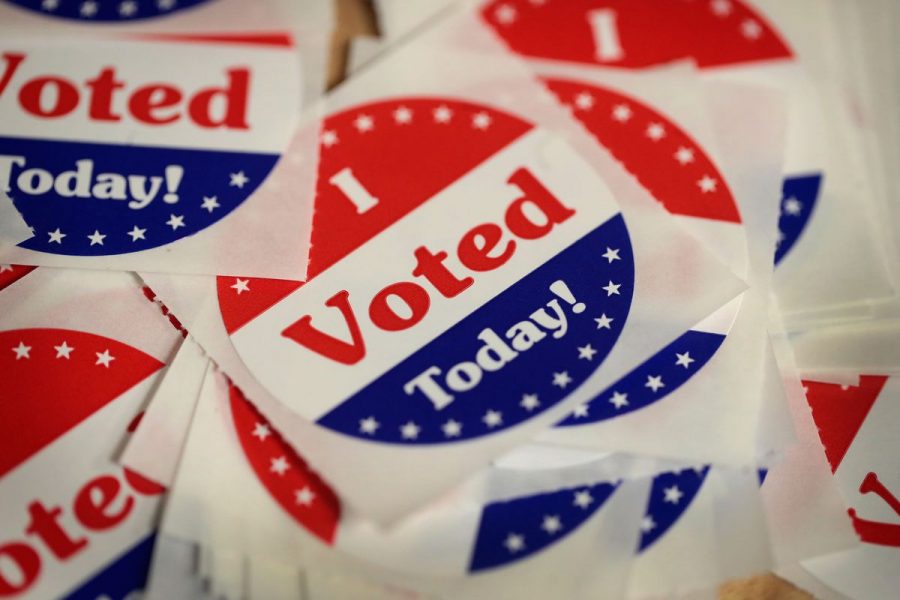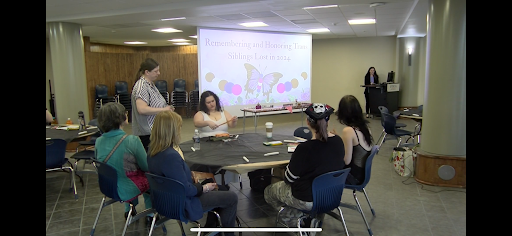Samuel Northrup, Editor-in-Chief
The campaign ads, rhetoric, and debates will come to an end on Nov. 6 — Election Day 2018.
With polls in and outside New York’s 22nd Congressional District closing on at 9 p.m. Nov. 6, less than five days away, the American electorate will put an end to a midterm cycle that has been billed as a “referendum on the president” that will ultimately be determined by a “blue wave” of Democratic support.
But regardless of the current political climate, is this year’s election really different from any other midterm cycle? Based on past cycles, it is not all that different, according to Professor of Government Daniel Tagliarina.
“What normally happens is presidential parties lose seats in midterm elections,” Tagliarina explained. “It’s what usually happens, but this might be a bit different. Part of this [year’s results] are going to be motivated by the number of Republican incumbents who will not be running for reelection.”
While the results of Nov. 6 will undoubtedly factor in perception of President Donald Trump, the idea of a “blue wave,” which has been popularly used to characterize an anticipated surge in Democratic support from voters this year, is not all that uncommon.
According to UC Santa Barbara’s American Presidency Project, a non-partisan resource that gathers statistics and information related to the U.S. presidency using official documents, the party of the president in power has only gained seats in both the House of Representatives and Senate in the same election cycle twice since 1934.
How much of an impact voters will have on the flipping of the House of Representatives and Senate seats will ultimately be determined by which party is able turnout the most votes, regardless of demographic, Tagliarina explained.
“Midterms, we just kind of tend to forget about, which is why I tell students, ‘If you like a president, show up in the midterms, but if you don’t like a president, show up in the midterms,’” Tagiarina said. “I think the lack of that top seat (the presidency) just makes people overlook how important they are.”
Nathaniel Richmond, a professor of government at Utica College, also sees voter turnout as being the deciding factor for the results of the 2018 midterms.
“The Republicans say this is a referendum on President Trump’s policies, but coincidentally, so do the Democrats,” he said. “He’s not on the ballot — but he is. It’s about the direction country is going.”
While the president is “not on the ballot” this year, the results of races for the House and Senate will dictate the fate of future policies to come out of the Trump administration, Richmond explained. The current majority in the House is widely seen as more vulnerable on Nov. 6 than that of the Senate, so a flipped House could ultimately dictate the effectiveness of the Trump administration for the final two years of the president’s first term.
“In most cases, this would mean the president’s policies would be dead in the water; he won’t get funding for them,” Richmond said. “The House of Representatives, I think, will set up a series of hearings and investigations that will probably consume most if not all of the president’s time.”
As the fate of the Republican party’s majority in Congress is up in the air until Nov. 6, a race that could aid in Democrats retaking control of the House is taking place in Utica’s own 22nd Congressional District.
Despite being under Republican control since 2010, incumbent Congresswoman Claudia Tenney (R-New Hartford) is facing a hotly contested primary challenge from New York State Assemblyman Anthony Brindisi (D-Utica).
“The election, for a lot of people, will be about Trump,” said David Chanatry, a professor of journalism at UC. “Tenney is a very strong Trump supporter, and she uses the same kind of rhetoric. Whether that’s going to turn people out or turn them off, I don’t know.”
While Chantary, who serves as the host and moderator of the WCNY political talk show “Ivory Tower,” also sees each party’s ability to turnout votes as a key factor in the race for NY-22 and the House and Senate, he explained that the perception of the first two years of the Trump presidency as either positive or negative by voters looms large as Nov. 6 approaches.
“We have such a galvanizing, polarizing figure at the top in Trump that I think everything is about him,” Chanatry said. “It could be the election he is ‘stopped,’ but it could also be the election where people totally ‘buy in.’ If Republicans sweep, who knows what’s going to happen. People like to say they are voting for their local congressman because of [a certain local issue], but this one’s about the man in the White House.”





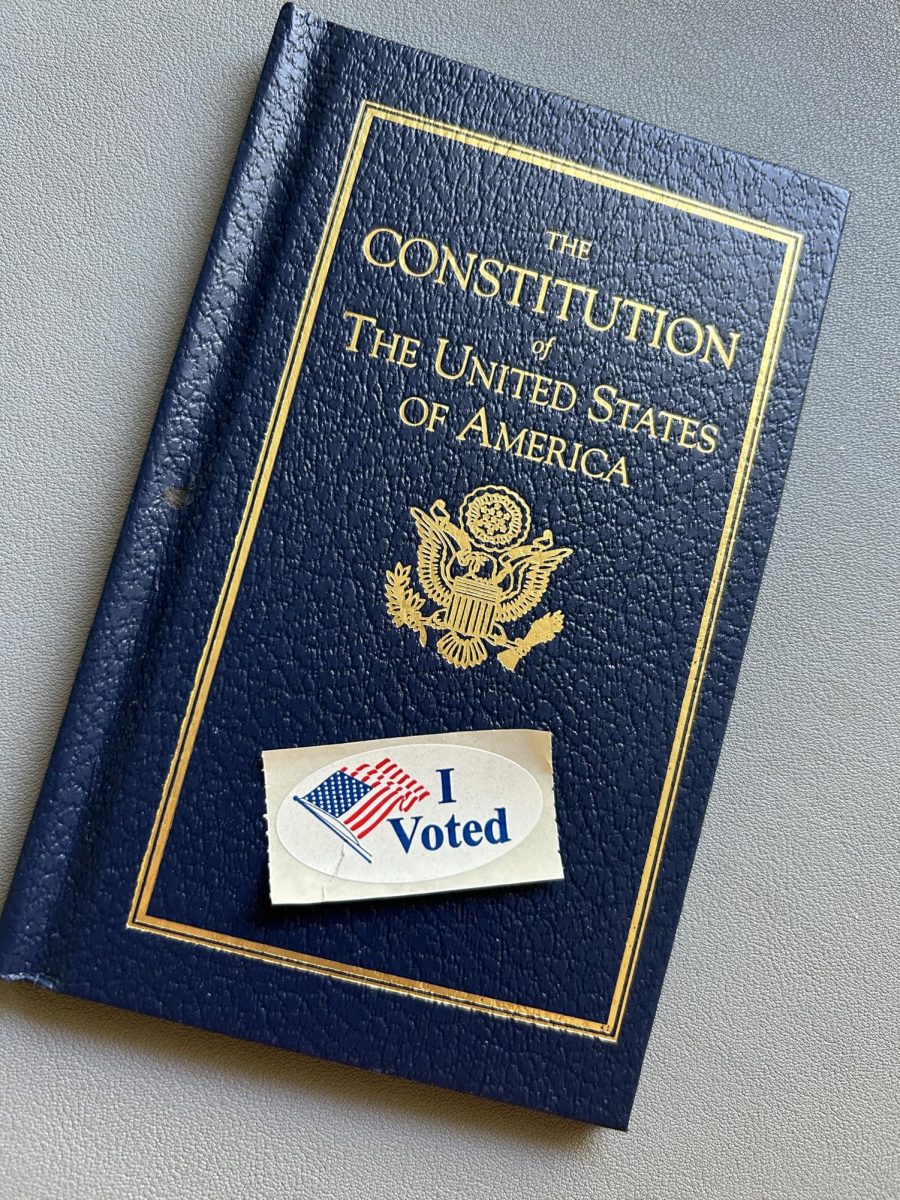









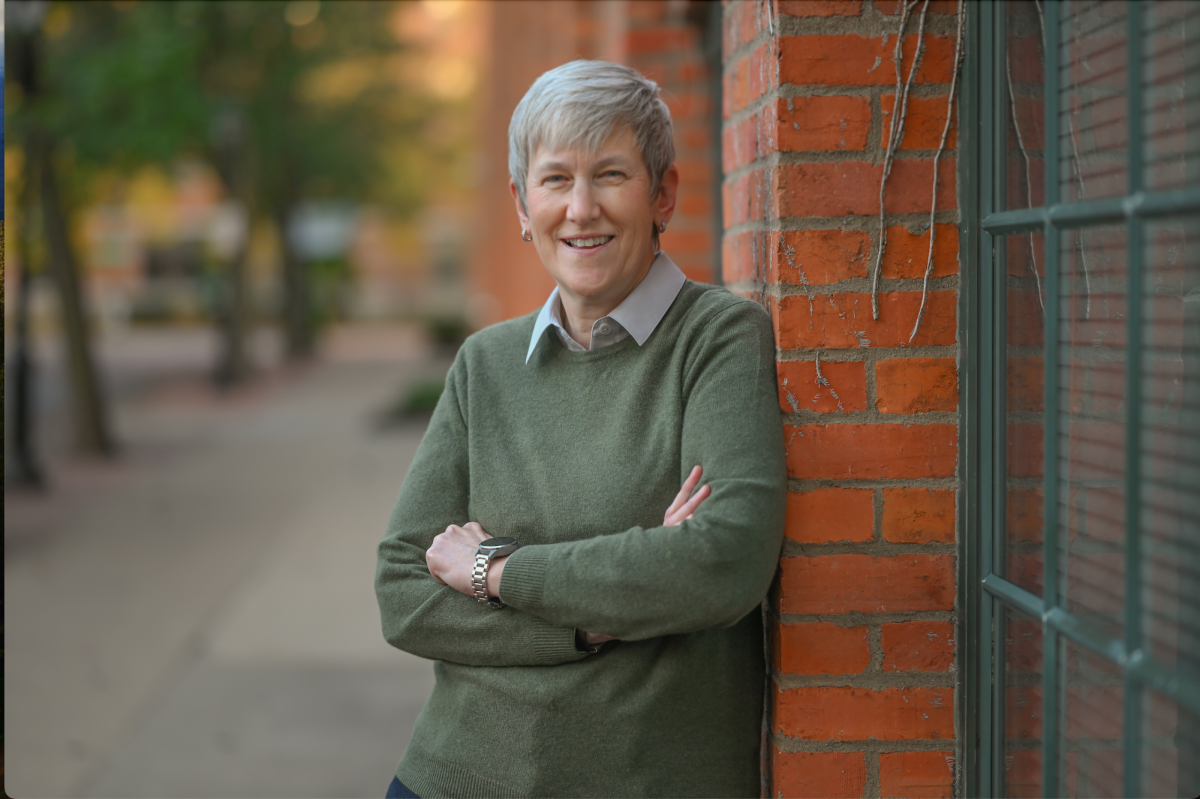

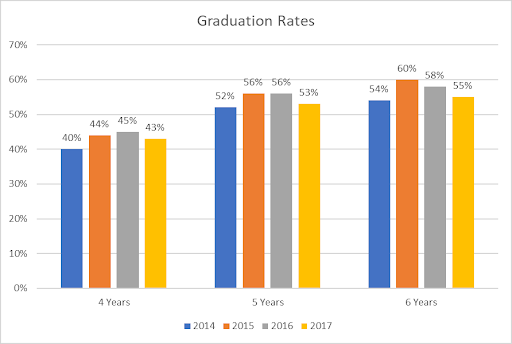
![President Todd Pfannestiel poses with Jeremy Thurston chairperson Board of Trustees [left] and former chairperson Robert Brvenik [right] after accepting the university's institutional charter.](https://uticatangerine.com/wp-content/uploads/2023/10/unnamed.jpeg)



